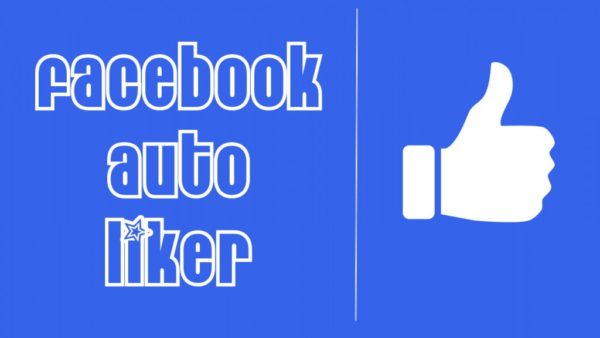Access Token is when someone ( Autoliker ) connects with an app using Facebook Login, the app will be able to obtain an access token which provides temporary, secure access to Facebook APIs. An access token is an opaque string that identifies a user, app, or page and can be used by the app to make graph API calls. Access tokens are obtained via a number of methods, each of which are covered later in this document. The token includes information about when the token will expire and which app generated the token. Because of privacy checks, the majority of API calls on Facebook need to include an access token. There are different types of access tokens to support different use cases:

User Access Token – The user token is the most commonly used type of token. This kind of access token is needed any time the app calls an API to read, modify or write a specific person’s Facebook data on their behalf. User access tokens are generally obtained via a login dialog and require a person to permit your app to obtain one.
App Access Token – This kind of access token is needed to modify and read the app settings. It can also be used to publish Open Graph actions. It is generated using a pre-agreed secret between the app and Facebook and is then used during calls that change app-wide settings. You obtain an app access token via a server-to-server call.
Page Access Token – These access tokens are similar to user access tokens, except that they provide permission to APIs that read, write or modify the data belonging to a Facebook Page. To obtain a page access token you need to start by obtaining a user access token and asking for the manage_pages permission. Once you have the user access token you then get the page access token via the Graph API.
Client Token – The client token is an identifier that you can embed into native mobile binaries or desktop apps to identify your app. The client token isn’t meant to be a secret identifier because it’s embedded in applications. The client token is used to access app-level APIs, but only a very limited subset. The client token is found in your app’s dashboard. Since the client token is used rarely, we won’t talk about it in this document. Instead it’s covered in any API documentation that uses the client token.
>> DOWNLOAD Token <<








